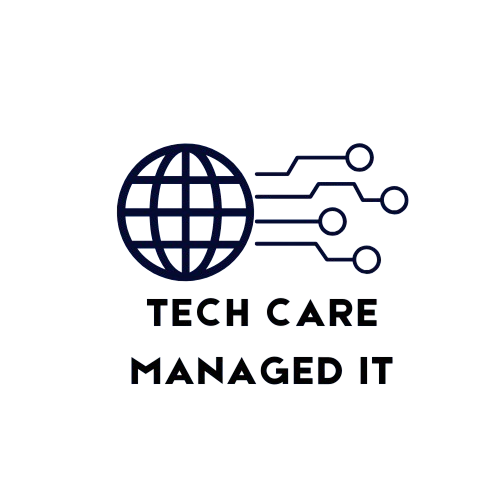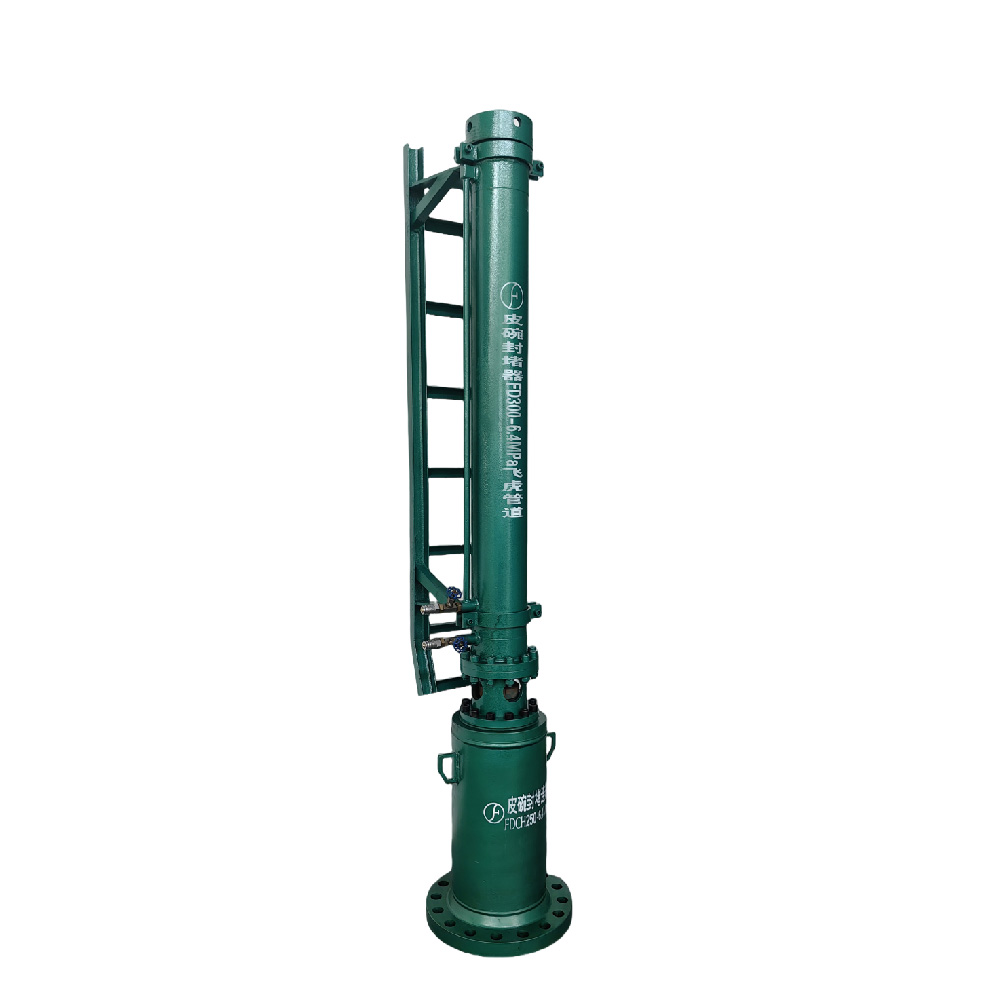System integration and implementation have become vital components of business success in 2025. Organizations are no longer operating with isolated tools or fragmented systems; instead, they require seamless connections across cloud platforms, data pipelines, and enterprise applications. Companies like Innerworks International are at the forefront of delivering integration solutions that not only streamline workflows but also enhance agility and scalability. To achieve long-term success, businesses must adopt proven best practices that align technology investments with measurable outcomes.
Understanding System Integration & Implementation in 2025
System integration and implementation refer to the process of connecting diverse IT systems, applications, and processes into a unified environment where data flows securely and efficiently. By 2025, this practice has evolved to include cloud-first strategies, AI-powered automation, and real-time data analytics, all of which ensure organizations remain competitive in the digital economy.
For businesses partnering with Innerworks International, system integration is more than just a technical exercise; it is a strategic move to align IT capabilities with business goals. Modern integration frameworks prioritize scalability, cross-platform interoperability, and continuous innovation. Organizations are realizing that without effective integration, digital transformation cannot be fully achieved.
Common Challenges in System Integration & Implementation
Despite its benefits, system integration and implementation often face hurdles:
- Data silos make it difficult to ensure information consistency across platforms.
- Legacy systems compatibility remains a challenge when integrating older infrastructures with modern tools.
- Security and compliance risks become more complex in highly regulated industries.
- Budget overruns occur due to unclear objectives or underestimated project scope.
- Change resistance from teams unfamiliar with new technologies slows adoption.
By working with Innerworks International, businesses can address these challenges through structured planning, advanced integration technologies, and tailored change management strategies.
Best Practices for Successful System Integration & Implementation
Define Clear Business Objectives
One of the most critical best practices is defining clear business goals before beginning any integration project. Objectives should be tied to KPIs such as cost savings, improved efficiency, or faster decision-making. Innerworks International emphasizes stakeholder alignment, ensuring IT and business leaders share the same vision and expectations.
Choose Scalable & Flexible Integration Solutions
Integration frameworks must adapt to evolving business needs. Whether a company uses a cloud-native platform, hybrid environment, or on-premise system, the solution should be flexible enough to scale as the business grows. Innerworks International leverages API-led connectivity and microservices architecture, allowing clients to expand their digital ecosystem without disrupting operations.
Prioritize Data Quality & Governance
Without high-quality data, integration efforts lose value. Companies must implement a data governance framework to ensure accuracy, consistency, and compliance across systems. By creating a unified data integration strategy, Innerworks International helps businesses eliminate duplication, reduce errors, and maximize the value of real-time insights.
Implement Robust Security & Compliance Measures
As integration increases connectivity, it also expands the attack surface for cyber threats. Following industry-specific compliance frameworks like GDPR, HIPAA, and PCI DSS is essential. Innerworks International integrates robust security measures such as encryption, multi-factor authentication, and AI-powered threat monitoring into its projects, ensuring that system integration remains secure.
Use Agile & Iterative Implementation Approaches
Traditional integration methods often lead to delays and budget issues. Adopting an Agile methodology allows businesses to break large projects into smaller, manageable sprints. Innerworks International applies iterative testing and deployment, enabling companies to identify issues early and refine solutions continuously. This reduces risk while ensuring faster delivery.
Leverage AI & Automation for Smarter Integration
Artificial intelligence and automation are transforming integration processes. AI can monitor system performance, predict failures, and suggest optimizations, while automation reduces human error and accelerates routine workflows. Innerworks International incorporates AI-driven analytics and automated error detection, empowering businesses to operate with greater efficiency and resilience.
Invest in Training & Change Management
Even the best technology can fail if employees are not prepared to use it effectively. Comprehensive training and proactive change management are crucial for adoption. Innerworks International prioritizes user education, providing hands-on guidance and building a culture that embraces digital transformation. This ensures that system integration projects achieve long-term success.
Tools & Technologies Powering Integration in 2025
System integration in 2025 relies heavily on cutting-edge tools:
- Integration Platforms as a Service (iPaaS): Cloud-based platforms that simplify integration across multiple applications.
- Middleware Solutions: Bridging legacy systems with modern technologies.
- APIs & Microservices: Driving modular and reusable integration strategies.
- AI & Machine Learning: Offering predictive insights and automated optimization.
- Real-Time Data Pipelines: Enabling faster and more accurate business decisions.
Innerworks International works with these technologies to create tailored solutions that maximize efficiency and drive digital transformation for enterprises across industries.
Takeaway
Successful system integration and implementation in 2025 depend on adopting structured best practices that align with evolving business and technology landscapes. Companies must prioritize clear objectives, scalable frameworks, robust security, and effective change management to achieve measurable success. By leveraging the expertise of Innerworks International, organizations can ensure their integration projects not only meet immediate business needs but also prepare them for the future of digital transformation.
FAQs
What is system integration & implementation?
It is the process of connecting diverse IT systems, applications, and processes into a unified framework that enables seamless data exchange and optimized workflows.
Why is system integration important in 2025?
System integration ensures that businesses can leverage cloud, AI, automation, and real-time analytics, which are essential for competitiveness in today’s digital-first world.
How do companies overcome integration challenges?
By defining clear objectives, adopting scalable solutions, enforcing strong data governance, and working with experts like Innerworks International, companies can navigate common obstacles effectively.
Which tools are best for system integration?
Key tools include iPaaS, middleware, APIs, microservices, AI-driven analytics, and real-time data pipelines.
What industries benefit most from system integration?
Industries such as healthcare, finance, retail, logistics, and manufacturing benefit significantly, as integration drives efficiency, compliance, and innovation.











